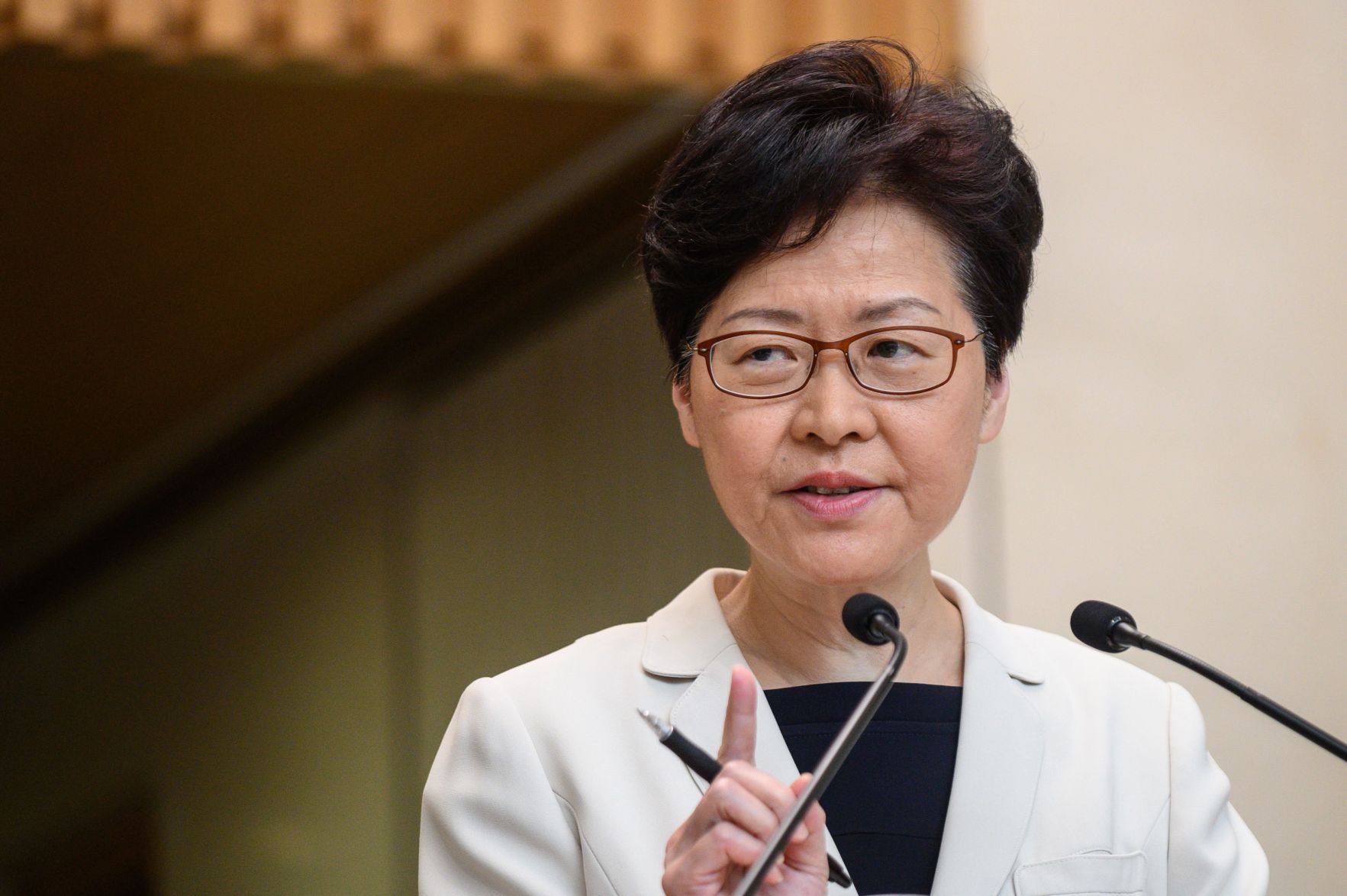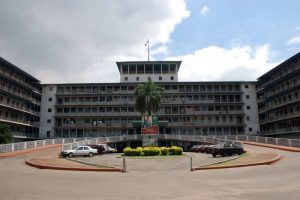Protesters are calling for a run on the Hong Kong dollar. Here’s why that won’t work

The goal, for some protesters, is to make banks run out of money and pressure the Hong Kong dollar’s fixed exchange rate as a way of leaning on the government. But the plan stands very little chance of success.The strategy is one of several aimed at disrupting key businesses in Asia’s premier financial hub. Hong Kong is facing a major political crisis. Sparked by opposition to a controversial extradition bill, the movement has since expanded to include calls for more democracy in the city and an independent inquiry into the use of force by police. Mass demonstrations in recent weeks have shut down major lines on the city’s subway system, temporarily crippled the international airport and hobbled business at hotels and restaurants. Hurting the city’s currency, though, will be much more difficult. Defending the pegThe Hong Kong dollar was pegged to the US dollar at a rate of 7.80-to-1 in 1983. The Hong Kong Monetary Authority (HKMA), the de facto central bank, automatically buys local currency when it gets too weak and sells when it gets too strong. Since 2005, the Hong Kong dollar has been allowed to trade between 7.75 and 7.85 to the US dollar. Some speculators have recently been betting more aggressively against the Hong Kong dollar, believing the peg will break, said Jeffrey Halley, senior market analyst for Asia Pacific at Oanda. “The important thing to realize with the Hong Kong peg is that speculators have been speculating on it breaking for about 35 years,” Halley said. It has never happened.The peg survived the Asia financial crisis of 1997-1998, and the global financial crisis of 2008. Iris Pang, economist for Greater China at ING, said the Hong Kong dollar’s peg will definitely survive the protesters, not least because the authorities have plenty of money keep it trading in its narrow range. Fitch, which downgraded Hong Kong’s credit rating on Friday because of the political unrest, said that it believes authorities “have ample resources to maintain the Hong Kong dollar peg to the US dollar, given foreign-reserve holdings of US $441 billion.” That’s more than twice as much money as is in circulation.Pang added that any changes now “would be bad policy action,” given the volatility in the foreign exchange market not only because of protesters, but from larger forces such as the US-China trade war and Brexit. “It’s not a good time to exercise any changes in the peg,” Pang said. What about a bank run?The call to withdraw heaps of money “is more about disrupting the banking system and making it run out of cash … than breaking the peg,” said Halley. Hong Kong society relies heavily on cash, and therefore is potentially exposed to a run on ATMs. Nevertheless, the protesters will find it very hard to empty the banks.Pang, the ING economist, worked in commercial banks for about 10 years — including during the global financial crisis of 2008, when many people were withdrawing significant sums of money.”Hong Kong has enough experience to prevent any bank runs, therefore I don’t think the protesters will (have) success in any perspective,” she said. “They even will not create a small sized bank run,” she said.Vanesse Chan contributed to this report.






